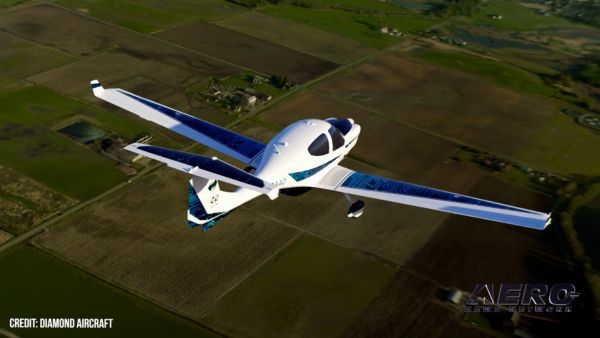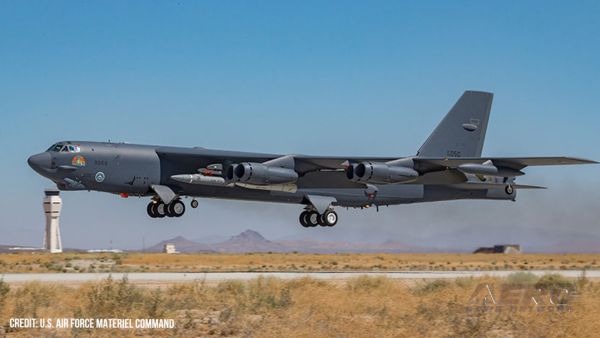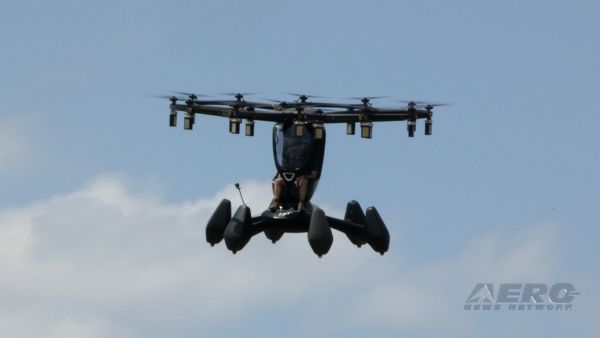Hollywood stunt helicopter pilots will snag capsule on
reentry
In a dramatic ending that marks a beginning in scientific
research, NASA's Genesis spacecraft is set to swing by Earth and
jettison a sample return capsule filled with particles of the Sun
that may ultimately tell us more about the genesis of our solar
system.
"The Genesis mission -- to capture a piece of the Sun and return
it to Earth -- is truly in the NASA spirit: a bold, inspiring
mission that makes a fundamental contribution to scientific
knowledge," said Steven Brody, NASA's program executive for the
Genesis mission, NASA Headquarters, Washington.
On September 8, 2004, the drama will unfold over the skies of
central Utah when the spacecraft's sample return capsule will be
snagged in midair by helicopter. The rendezvous will occur at the
Air Force's Utah Test and Training Range, southwest of Salt Lake
City.
"What a prize Genesis will be," said Genesis Principal
Investigator Dr. Don Burnett of the California Institute of
Technology, Pasadena, Calif. "Our spacecraft has logged almost 27
months far beyond the moon's orbit, collecting atoms from the Sun.
With it, we should be able to say what the Sun is composed of, at a
level of precision for planetary science purposes that has never
been seen before."
The prizes Burnett and company are waiting for are hexagonal
wafers of pure silicon, gold, sapphire, diamond and other materials
that have served as a celestial prison for their samples of solar
wind particles. These wafers have weathered 26-plus months in deep
space and are now safely stowed in the return capsule. If the
capsule were to descend all the way to the ground, some might
fracture or break away from their mountings; hence, the midair
retrieval by helicopter, with crew members including some who have
performed helicopter stunt work for Hollywood.
"These guys fly in some of Hollywood's biggest movies," said Don
Sweetnam, Genesis project manager at NASA's Jet Propulsion
Laboratory in Pasadena, Calif. "But this time, the Genesis capsule
will be the star."
The Genesis capsule -- carrying the agency's first sample return
since the final Apollo lunar mission in 1972, and the first
material collected beyond the Moon -- will enter Earth's atmosphere
at 9:55 am Mountain Time. Two minutes and seven seconds after
atmospheric entry, while still flying supersonically, the capsule
will deploy a drogue parachute at 33 kilometers (108,000 feet)
altitude. Six minutes after that, the main parachute, a parafoil,
will deploy 6.1 kilometers (20,000 feet) up. Waiting below will be
two helicopters and their flight crews looking for their chance to
grab a piece of the Sun.
"Each helicopter will carry a crew of three," said Roy Haggard,
chief executive officer of Vertigo Inc. and director of flight
operations for the lead helicopter. "The lead helicopter will
deploy an eighteen-and-a-half foot long pole with what you could
best describe as an oversized, Space-Age fishing hook on its end.
When we make the approach we want the helicopter skids to be about
eight feet above the top of the parafoil. If for some reason the
capture is not successful, the second helicopter is 1,000 feet
behind us and setting up for its approach. We estimate we will have
five opportunities to achieve capture."
The helicopter that does achieve capture will carry the sample
canister to a clean room at the Michael Army Air Field at the U.S.
Army Dugway Proving Ground, where scientists await their cosmic
prize. The samples will then be moved to a special laboratory at
NASA's Johnson Space Center, Houston, where they will be preserved
and studied by scientists for many years to come.
"I understand much of the interest is in how we retrieve
Genesis," added Burnett. "But to me the excitement really begins
when scientists from around the world get hold of those samples for
their research. That will be something."
 Airbus Racer Helicopter Demonstrator First Flight Part of Clean Sky 2 Initiative
Airbus Racer Helicopter Demonstrator First Flight Part of Clean Sky 2 Initiative Diamond's Electric DA40 Finds Fans at Dübendorf
Diamond's Electric DA40 Finds Fans at Dübendorf ANN's Daily Aero-Term (04.23.24): Line Up And Wait (LUAW)
ANN's Daily Aero-Term (04.23.24): Line Up And Wait (LUAW) NTSB Final Report: Extra Flugzeugbau GMBH EA300/L
NTSB Final Report: Extra Flugzeugbau GMBH EA300/L Classic Aero-TV: 'Never Give Up' - Advice From Two of FedEx's Female Captains
Classic Aero-TV: 'Never Give Up' - Advice From Two of FedEx's Female Captains


